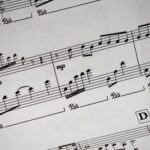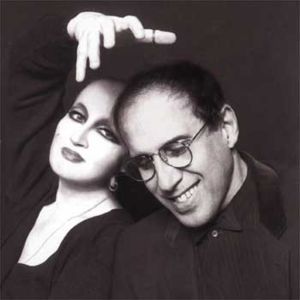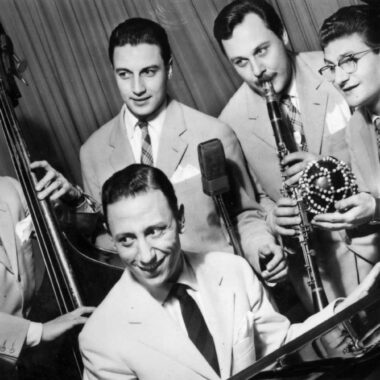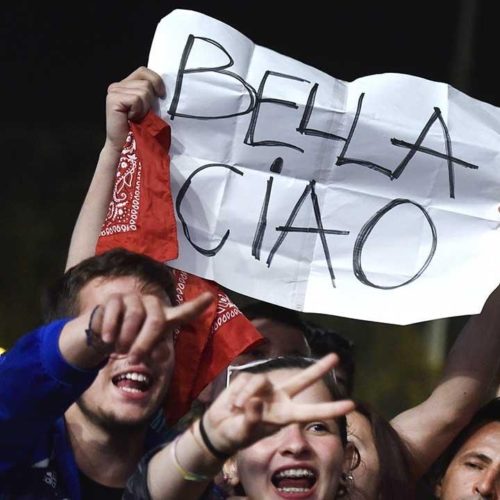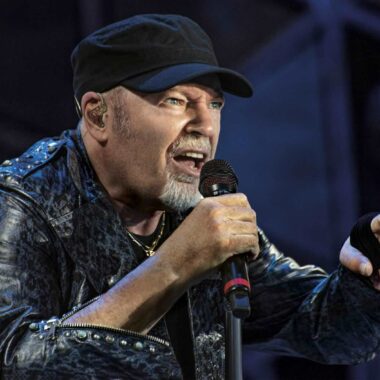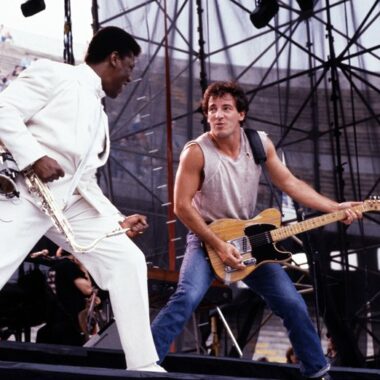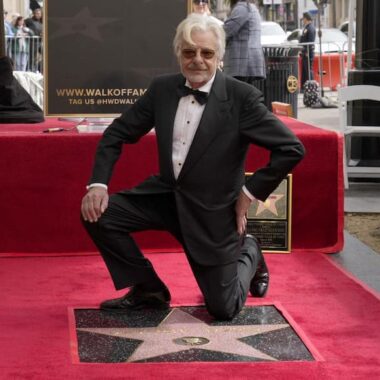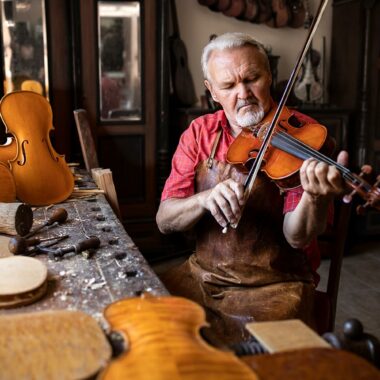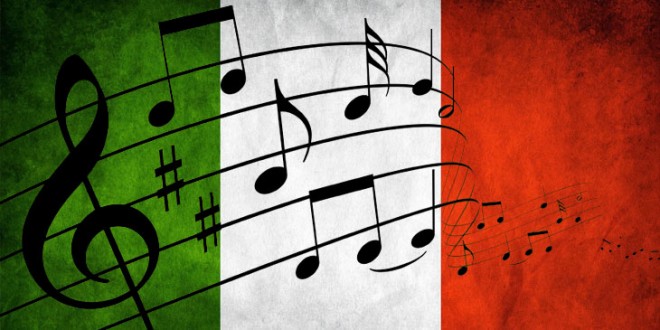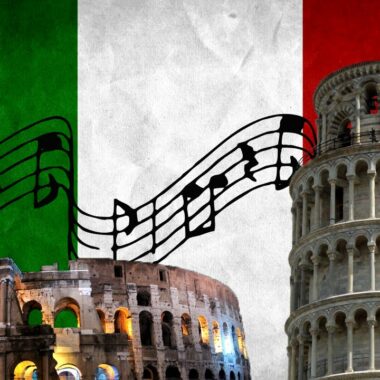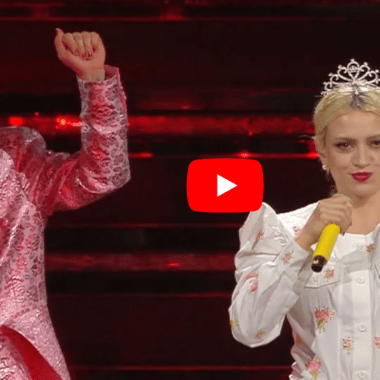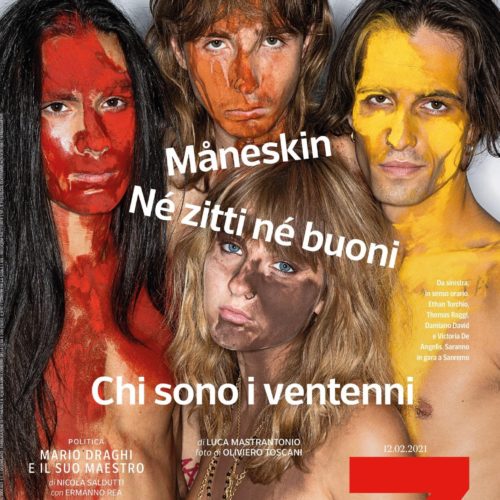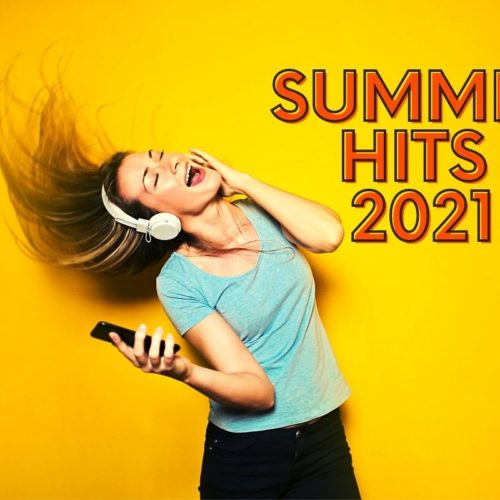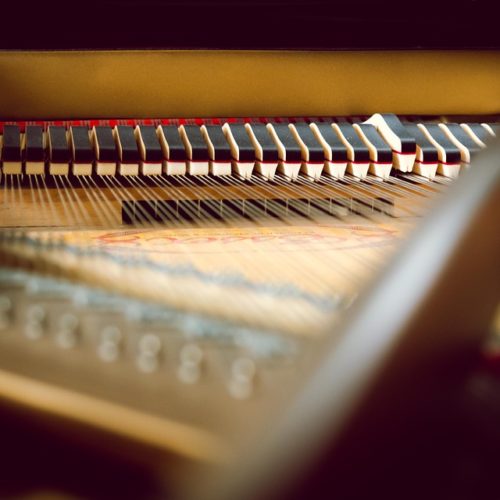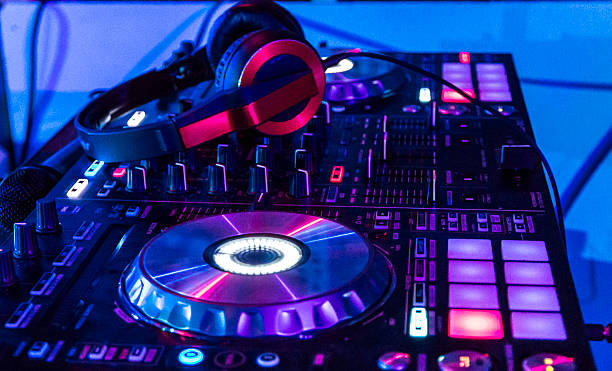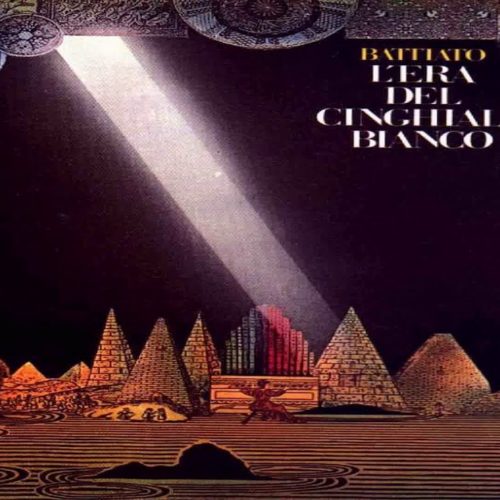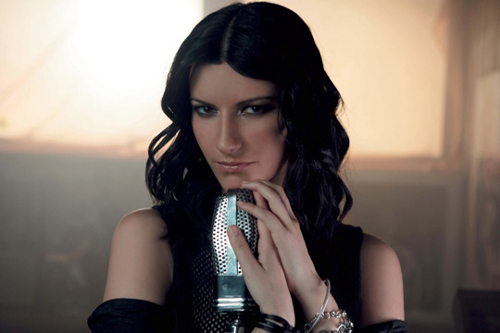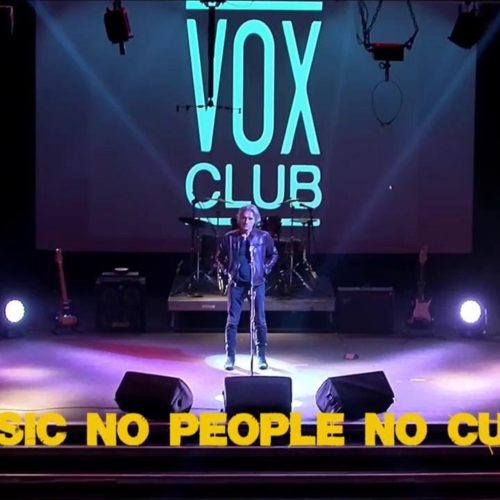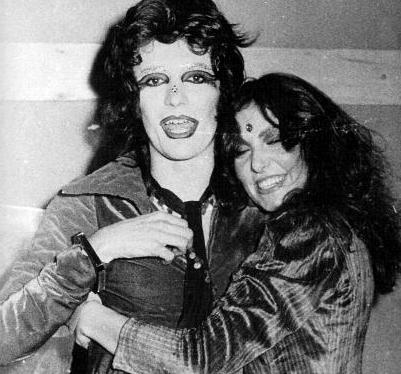
of the 1970s (GdT/wikimedia)
The 1970s were not an easy period in Italian history. They are known as the Anni di Piombo, the lead years. Historians consider this the decade of the factual civil war, between the establishment and terrorists.
Hence, Italian music in the 70s follows the lead from the earlier decade. In fact, in the 60s, singers and songwriters became socially engaged. In particular the Scuola Genovese. This is the decade of Fabrizio De André . It’s when he entered the realm of the most iconic Italian artists of all times.
Italian music in the 70s: Songs for change
Other songwriters, such as Francesco Guccini, or the band I Nomadi found success in the 1970s. Their lyrics were political and often folk and traditional rhythms accompanied them.
Sexual liberation took centre stage, too, in the flamboyant figure (and platform shoes) of Renato Zero. He was the first artist in Italy to play with gender ambiguity and to openly propose the idea of a “triangolo” (a threesome) to the couples of the Bel Paese. Which is also one of his most famous songs.
Political awareness, but also Zero’s lighthearted stress on sexual freedom and, ultimately, freedom of expression, were both children of the changes happening in Italian society. The country felt the consequences of 1968. But, in some places, society and art reacted slowly.
Tradition vs revolution
Italian society kept a traditional imprinting, based on family. So, the”social revolutions” had been slower. For example, divorce only became legal in 1970, while France had established it at the end of the 18th century. And England, at the end of the 19th.
The same happened with abortion, which became legal in Italy in 1978. This, compared to France (1975) and the UK (1976). The contraceptive pill became available to women in the 1970s, too.
The 1970s emphasized the growing sense of social responsibility already present in the late 1960s. And it finally became a source of artistic inspiration.
The romantic singers
However, Italian music in the 70s wasn’t only about politics and change. In fact, the country has always been known for tis love songs. And the 70s weren’t different. While some sang about revolution, others sang of passion.
Above them all stands Lucio Battisti, but others, such as Francesco De Gregori and Claudio Baglioni have left a mark and are still popular today. Others, such as Antonello Venditti or Roberto Vecchioni, have associated their name powerfully with the musical tradition of Rome and Milan respectively.
Back to the roots
Differences in ideology and contents, but also some things in common. Italian music in the 1970s saw a renewal in interest for traditional music. Not only international influences. American jazz and folk, but also ethnic and medieval music became a source of inspiration.
Possibly tied to the necessity to better explore these new musical horizons, Italians singers and songwriters of the 1970s began to pay more attention to musical instruments. And to their compositions’ arrangement. From a technical point of view, this is probably the most interesting aspect of the decade: a newly found attention to musical technique and theory. The goal was to embellish and enrich the songs.
Italian music in the 70s: the protagonists
So, who were the main singers and composers of the decade?
Francesco de Gregori
From Rome, de Gregori is today one of Italy’s best known and loved artists. His music was influenced by rock, folk, and tradition. The lyrics were like poems. The melodies were simple and he often performed with only a guitar and a mouth organ. These instruments resonated with the history and emotions of the era.
De Gregori began at the Folkstudio in Rome, where he met Antonello Venditti. He also formed a cover duo, specialized in Bob Dylan and Leonard Cohen.
In 1973 he published his first solo album “Alice non lo sa.” The public fully embraced his music in 1975, when he produced the album “Rimmel” (meaning mascara). Throughout the decades, he collaborated with other monsters of Italian music such as Fabrizio de André, Lucio Dalla, and Ivan Graziani.
His fans are as numerous today as they were in the 1970s and successes such as “Rimmel”, “Alice”, “Buonanotte Fiorellino”, “La Donna Cannone”, are part of Italy’s collective, artistic memory.
Francesco de Gregori, “Rimmel.”
Francesco Guccini
From Modena, Guccini is the epythome of the Italian politically engaged artist. His career started already in the late 50s and early 60s, when he began performing with some friends in a band called “I Gatti” (the cats). After quitting the band, he collaborated with established artists. For example, he wrote songs for Caterina Caselli, the Équipe 84, and i Nomadi.
Guccini’s first solo album was released in 1967. Tt was, by admission of the artist himself, a veritable flop. Some of his best known songs come, however, from this relatevely unlucky period, like “Canzone per un’Amica.” True success came, however, between 1972 and 1980: these are the years of “La Locomotiva”, “Via Paolo Fabbri 43”, “Cirano.” Indeed, this is the top Italian music in the 70s.
The 1974’s album “Stanze di Vita Quotidiana” is considered among the best of his career from a critique point of view. Since then, Guccini has only increased his success, as well as having achieved full literary and artistic recognition.
Francesco Guccini, “Canzone per un’amica”
Claudio Baglioni
Baglioni was born in Rome in 1951 and he is especially known for his love ballads. Every single Italian knows at least one of his songs. People might not like them, but they know them nevertheless. Students on school trips sing his ballads, which are often the soundtrack to summer’s parties.
Baglioni’s recipe for success was simple: singing about a universal topic, aka love. His songs never failed to please the larger public. His biggest hits come from the 70s, like “Questo Piccolo Grande Amore”, “E tu”, “Sabato Pomeriggio”, and “E tu come Stai.”
However, Baglioni’s style evolved with time. Although he kept producing successful love songs, he eventually adopted more introspective approach to songwriting. From the 1980s are his successes “Mille Giorni di te e di Me”, “Strada Facendo”, and the album “La Vita è Adesso”, considered the highest selling album in Italy of all times. In the 1990s and early 2000s, Baglioni also engaged with tv work and became an appreciated anchorman. Not to mention his stint with Sanremo.
Claudio Baglioni, “Tu Come Stai.”
There is no doubt that Italian music in the 70s took two different paths: love or revolution. Which one would you have chosen?

